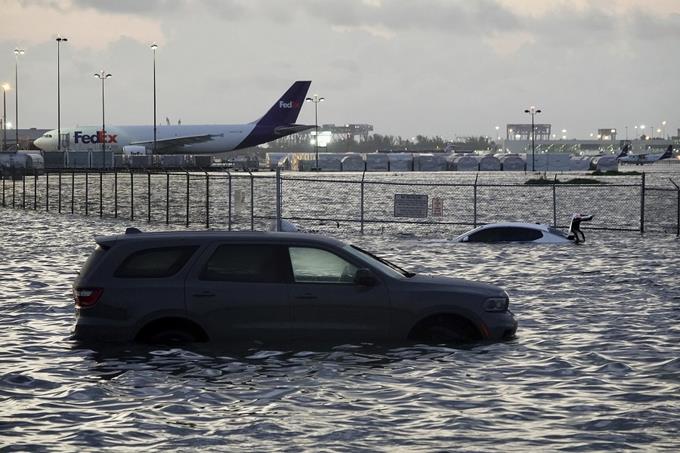The Perfect Storm: What Caused the Historic Downpour in Fort Lauderdale?

On Wednesday, Fort Lauderdale experienced a supercell thunderstorm that lasted six to eight hours, resulting in over 25 inches of rain, one of the top three in major US cities over a 24-hour period.
While thunderstorms typically die down when they run out of gas, this storm had a nearby gas station in the form of the warm, humid Gulf Stream. Florida’s topography, warm water, and other favorable conditions make it more susceptible to such storms. Several forecasters noted that the supercell was in a lull between opposing weather systems and had a spin that acted like a vacuum and sucked moisture back into the system, allowing it to reactivate repeatedly.
A key factor was the availability of warm ocean air from the Gulf Stream, which combined with other conditions to create a continuous power loop. Physics indicates that a warmer climate contains more moisture in the air, resulting in more intense storms, and one-day downpours have increased in frequency and magnitude in recent decades. Rising sea levels and climate change pose serious risks to South Floridians.

















